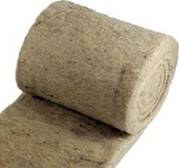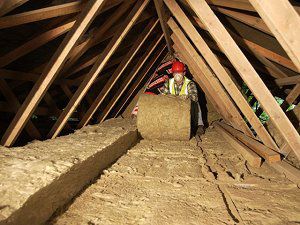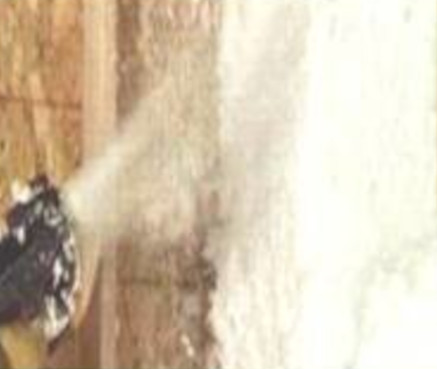Rolled Vs Blown-in Insulation
by Mark Row
 Insulation Type Comparison
Insulation Type Comparison
Choosing among available types of insulation is never an easy job, especially bearing in mind that none of us usually have the knowledge on characteristics and advantages of one insulation type over the other. This is why we usually spend a lot of money on consulting professionals instead of trying to learn a thing or two ourselves which can be particularly important knowing the fact that some insulation materials do not require professional help but can be a DIY job. Although some things should not be done on your own, simply due to the fact that there are some insulation materials that can pose a threat for your health and should better be dealt by trained professionals that have all the necessary equipment. We herewith offer rolled vs blown-in insulation comparison, being probably two of the most commonly used insulation types.
What is Rolled Insulation?
When speaking of rolled insulation (shown here), people have in mind the way the material is manufactured, packed and installed. It can be grouped under the so called blanket insulation which contains rolls and batts. Insulation materials packed in rolls must be flexible and light enough, which also sets some of their basic characteristics and applications. Most common materials seen in rolls are rock, glass and sheep wool insulation whose composure allows them to be rolled and compressed into plastic bags, all in order of easing their transport and installation. The material will simply retrieve its full volume, once placed in position, so don’t let the size of the bag fool you.

Probably the most important characteristic of this type of insulation is its wide application simply due to the fact that its flexibility allows it to be placed almost anywhere, even in the smallest spaces and gaps. You can find it in walls, floors, ceilings, lofts and basement spaces. Another one is that rolled insulation is a DIY job, meaning that you can probably install it yourself, with nothing more than some basic equipment, such as a utility knife (to cut the material to the right size), something that will hold the installation in place (such as a constructed timber or meatl frame for wall insulation) and some safety equipment (like some gloves). Regardless of where you are placing the material, all you have to do is roll it into place (between the roof rafters, floor joists, onto the wall etc). Also, it is as easy to remove, which is another potential benefit, since every insulation material needs replacement after some time.
Rolled insulation also has high R values, meaning that it can be an effective mean of thermal regulation. On the other hand, some materials such as glass wool or fibreglass are also flame retardant and moisture resistant which is another valuable option.
What about Blown-in Insulation?
As the name states, blown-in insulation is the type of insulation that is simply blown-into some hardly accessible and narrow places (such as wall cavities), by using special equipment that will allow for the entire space to be covered. However, you can also find it in attic insulation, under the roof construction, between the roof rafters. Since it involves using special equipment, it is most commonly installed by professional contractors. It can also be found in the form of mineral fibres or cellulose (pieces of paper especially treated to be fire resistant), where mineral fibres are, although a pricier option, probably a more adequate and long term one, simply due to the fact that it can withstand moisture, unlike cellulose that will get wet and deteriorate if exposed to water and condensation.
Probably the greatest advantage of blown-in insulation is the fact that it can be installed almost anywhere without you having to tear down a wall or lift your floorboards. One simple hole in the wall will be quite enough to fill the entire space. With this type of insulation there is no risk of buying a material that will not be able to fit into the intended area, meaning that there will also be no cutting or resizing. On the other hand, blown-in insulation compared to rolled insulation has somewhat lower R values, resulting in more material required to meet the same value and the same level of effectiveness.

Conclusion
Well, your choice amongst rolled and blown-in insulation will solely depend on the area you are insulating and your budget. It is not hard to guess that some areas cannot be insulated with insulation rolls (since it is not possible to position them without damaging the material) when you will have to opt for the other type. On the other hand, if you are dealing with a limited budget, meaning that you just do not have enough money to hire a professional to do the job for you, you are better off with good, old insulation rolls which can be installed in no time.
Choose any of our different insulation rolls for your home improvement project, or seek advice from our experts. You are welcome to leave a comment or share the article.




















































































































